If done right, a home theater can be a dream upgrade for your house. In fact, considering the soaring prices of movie tickets, snacks, and peak-hour traffic, you are better off having a home theater for a personal movie fix. However, setting up a home theater requires serious investment of both, time and money.
Throwing the most expensive equipment together isn’t going to elevate your movie-watching experience. You will need the right knowledge and tools to turn your home theater into a worthwhile investment and a great space for family movie nights.
Fortunately, you don’t need to be a professional to set up a home theater tailored to your needs. Avoiding the most common pitfalls is one way to ensure that your home theater project is a success.
Read on to learn about six mistakes to avoid when designing a home theater.
Picking the Wrong Room
Your home theater experience will largely depend on the choice of room. You will need to choose a room that provides the best sound and picture quality, and easy wiring. In other words, you need a square or rectangular room with minimal natural light. The room should also be large enough for maintaining appropriate viewing distance and comfortable seating arrangement. The location should be such that any sound coming from outside can be isolated.
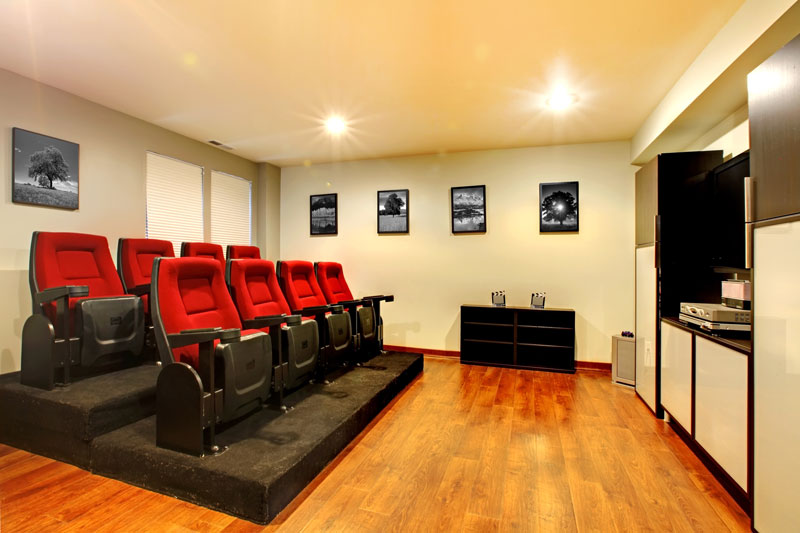
Your home theater experience will largely depend on the choice of room. You will need to choose a room that provides the best sound and picture quality, and easy wiring. In other words, you need a square or rectangular room with minimal natural light. The room should also be large enough for maintaining appropriate viewing distance and comfortable seating arrangement. The location should be such that any sound coming from outside can be isolated. We wrote an extensive guide on room selection for your home theater and went through all the options, plus pros and cons in the Complete Home Theater Setup Guide for Movie Buffs.
Buying the Wrong Speakers
Speakers are the heart and soul of your home theater. Unfortunately, people often spend thousands of dollars on high-quality home theater speakers, instead of buying the ones suitable for their home theater design. Further, most people wrongfully assume that surround sound is a non-negotiable feature. Though it can enhance your movie experience, sometimes you may have to do away with it, particularly if you are short on space.
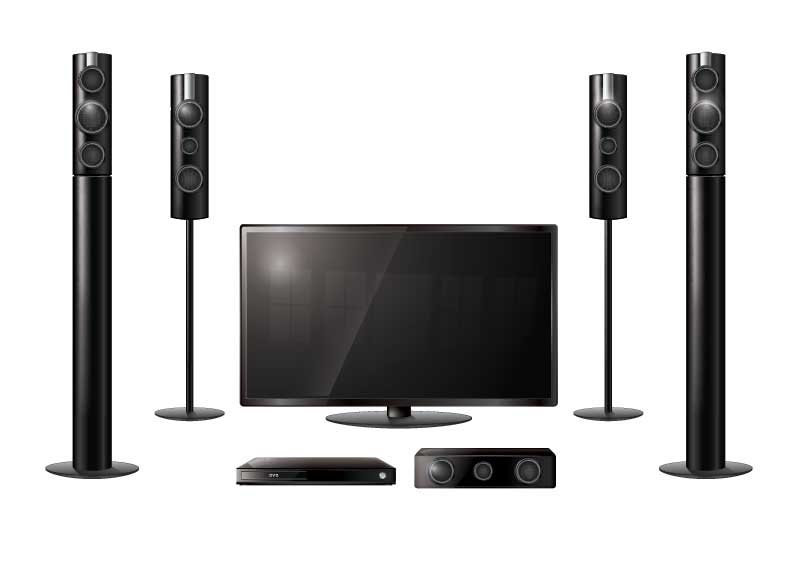
Speakers come in different sizes and shapes. However, buying large floor-standing speakers may not be the best choice for a small room. They will not only take up too much space, but may also lead to poor sound experience. Besides, you will need plenty of space for a subwoofer as well. So, take the room size and your requirements into consideration before buying a sound system for your home theater.
Cutting Corners on Cables and Wiring
Not setting aside enough money for home theater wiring accessories such as cables and surge protectors is one of the most common mistakes that’ll ruin your home theater experience. Connection cables and speaker wires are the most important parts of your home theater system. People often think that the cables that come with the home theater equipment can do the job. However, if you are looking for better and longer protection, you need to consider something that is a little more heavy-duty.
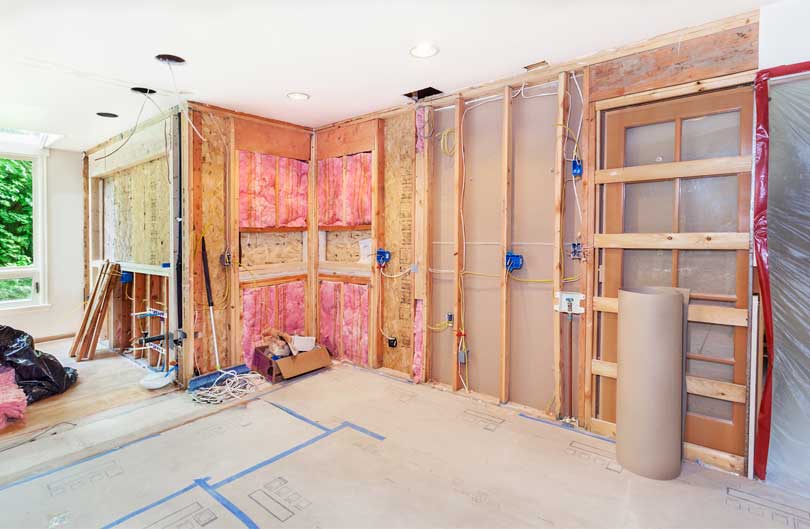
However, this doesn’t mean that you spend hundreds of dollars on wiring alone. Don’t fall for the high-priced HDMI cables, instead buy the ones that comply with the latest speed standard (18Gbps). For speakers, consider buying 16 or 18 gauge thickness wires. A cheap surge protector probably won’t survive a power surge, thereby damaging your expensive home theater equipment. So, make sure to spend enough money on the safety equipment such as surge protectors. Also make sure that there is no live wire left open beneath the seats of your home theater.
Purchasing the Wrong Display Size
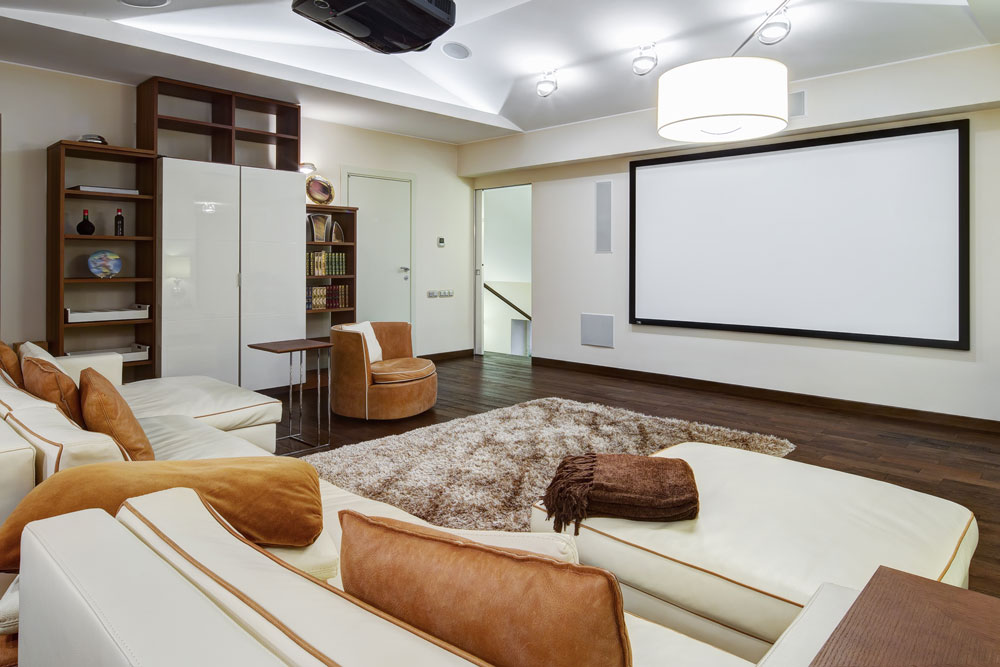
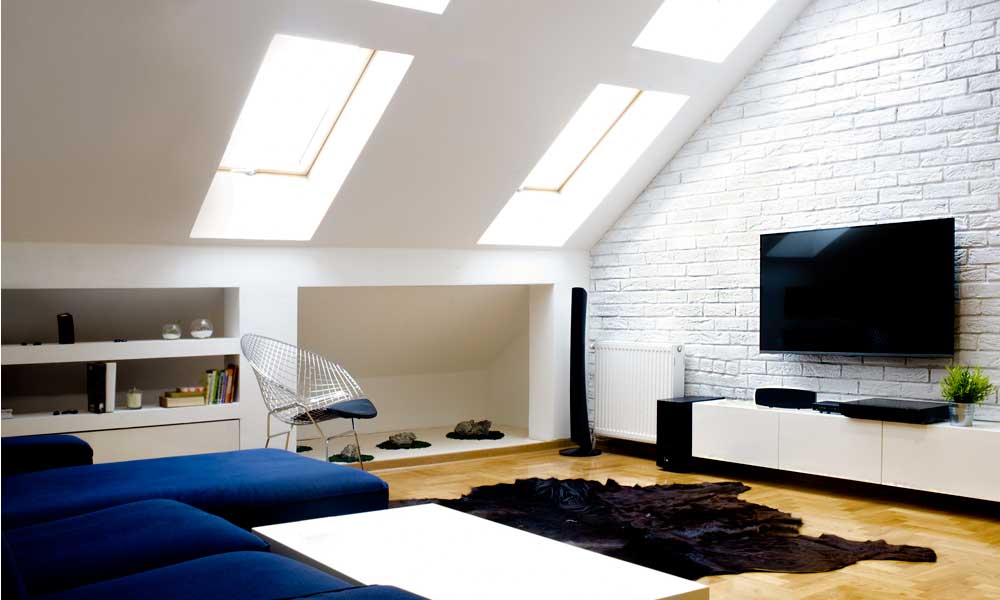
Whether you are installing a TV or a display screen, you are likely to buy a big one for a lifelike viewing experience. However, a huge TV or display screen, if not placed at a particular viewing distance, can do more harm than good to your movie-watching experience.
The optimum viewing distance is about 1.6 times the size (diagonal measurement) of your screen. So, if you are going to install a 55″ television, you should be sitting at a distance of 88″ (55″ x 1.6), or 7’4″. The optimum viewing distance will also change depending on the type of resolution as you start losing the advantage of the resolution at a particular viewing distance.
For example, if the viewing distance is more than 10’, the resolution won’t matter because your eyesight is not good enough to notice the difference between a 720p and a 1080p HDTV. That’s why you need to consider the viewing distance in order to buy a suitable display screen. Make sure to measure the available width, length, and height because the display screen needs to be mounted at a particular height as well.
Ignoring the Location of the Door
According to the tons of material available online, an ideal home theater should have minimal natural light, high-quality display screen or TV, 3D surround sound, acoustic panels, and optimal viewing distance. But, what about the door? In most public theaters, people keep moving in front of the big screen to reach the door, which is more than enough reason to ruin your movie night. Though they don’t have a choice, you do, particularly when designing your very own home theater.
When considering the layout of your movie theater, make sure to take into consideration the location of your door. Arrange the room so that viewers don’t need to move in front of the screen every time they want to step out to grab beer or popcorn.
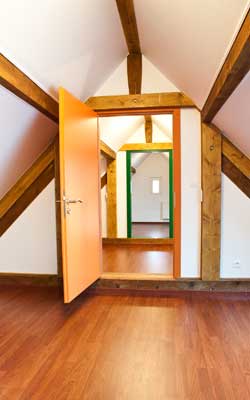
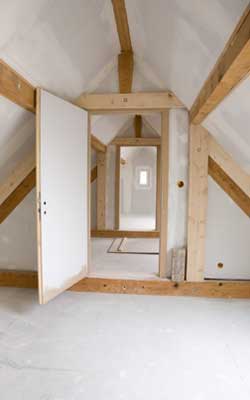
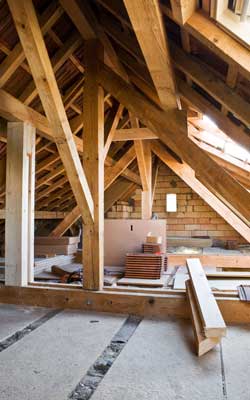
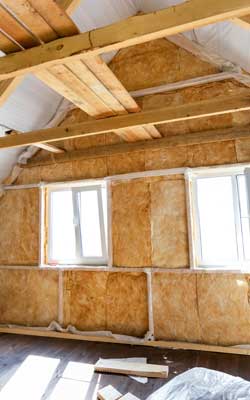
Not Reading User Manuals
Irrespective of your technical background, you must read the user’s manual before going ahead with the installation process. You need to read the manual carefully, not just leaf through it. Make sure you have understood every detail given in the manual. If you still have doubts, don’t hesitate to consult a professional.

Seats and Seating Arrangement
One of the most common mistakes people make when setting up a home theater system is to miscalculate the dimensions for placing recliners in the correct position. More often than not, people bring in the recliners only after completing the entire setup only to realize that they cannot be placed as planned.
It is, therefore, suggested to choose recliners that best suit your room’s dimensions as well as your budget, and provide the best comfort. Changing their placement over and over again to suit your home theater’s setup can be frustrating.
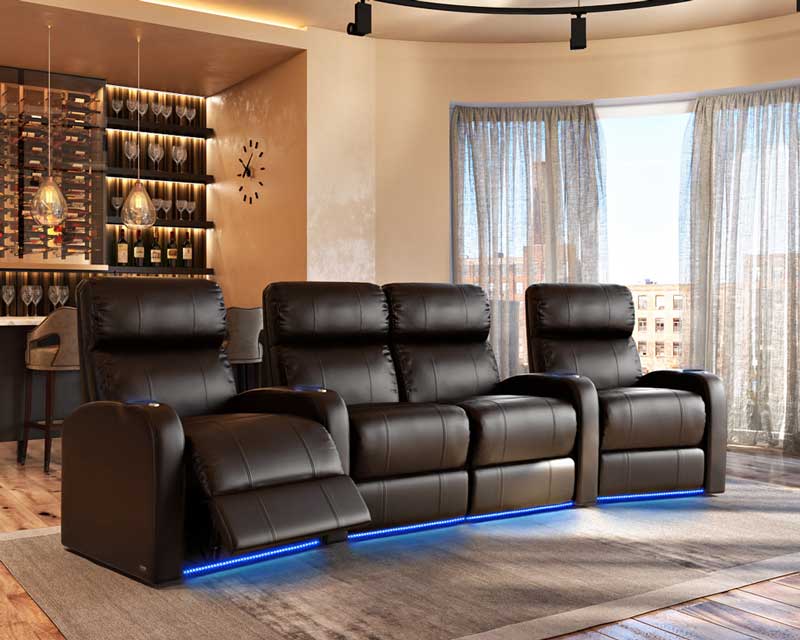
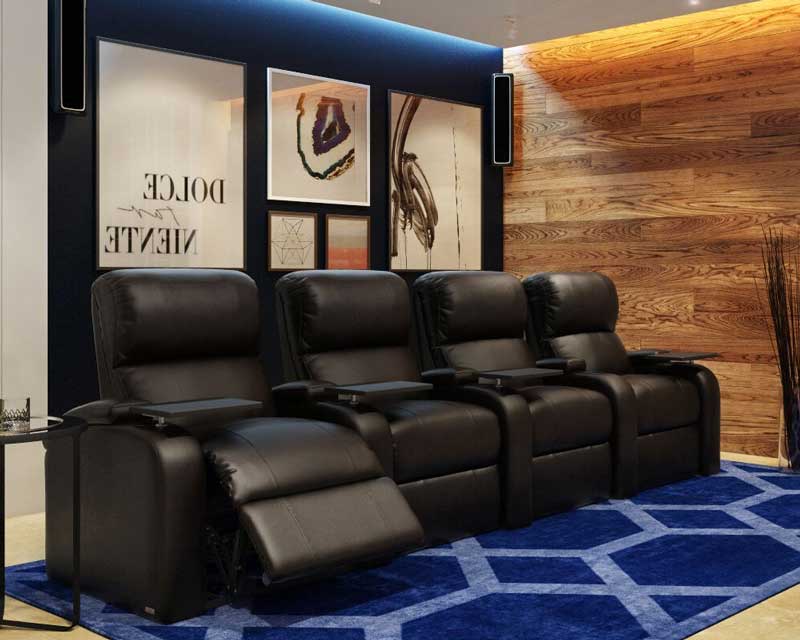
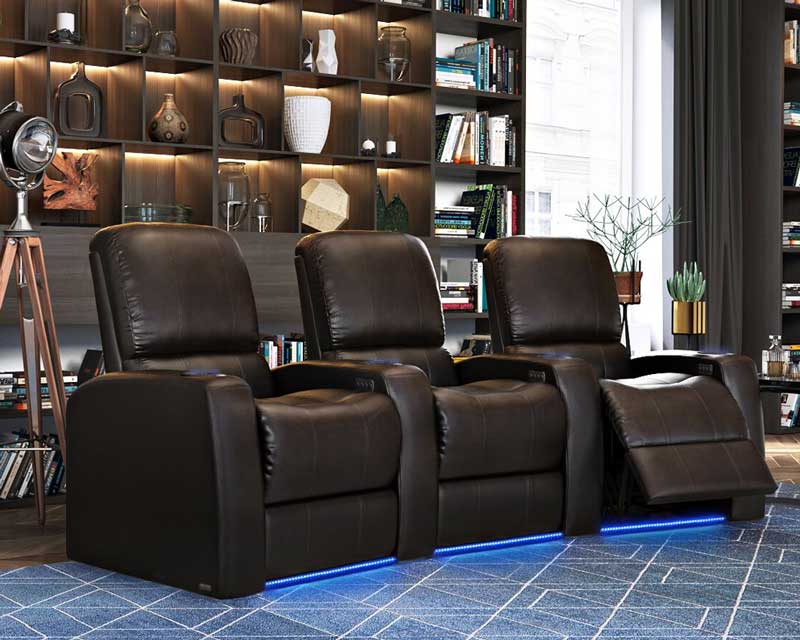
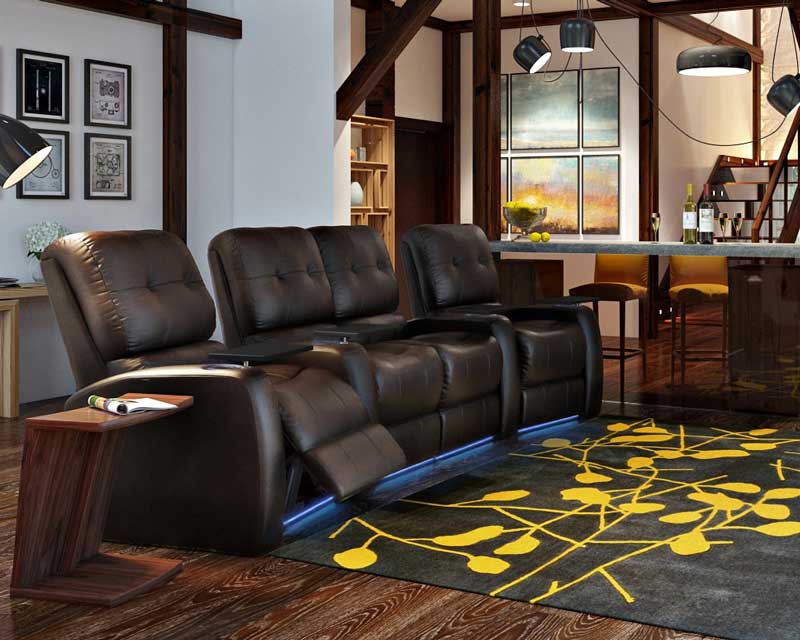
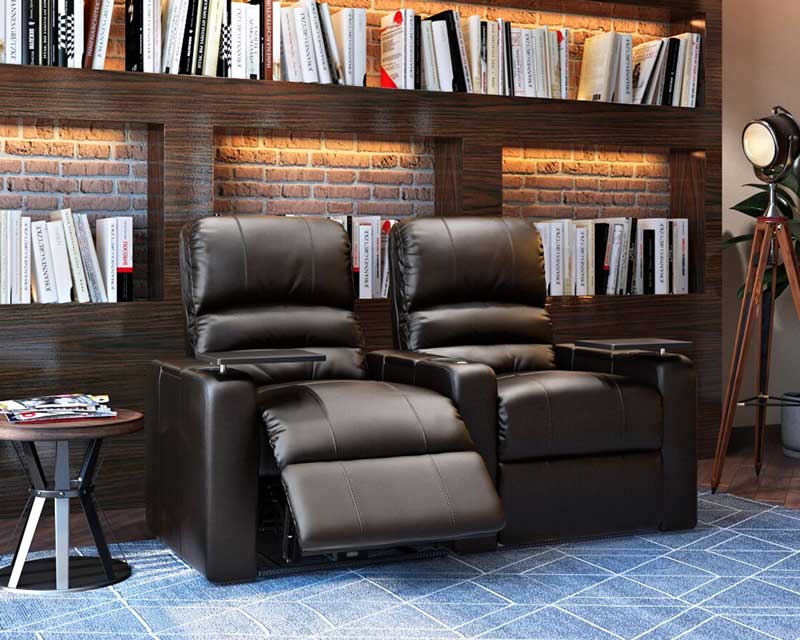
Conclusion
Setting up a home theater on your own can be a fun experience as well as a cost-effective way to add a dream upgrade to your home. However, there is no worse feeling than realizing that there is something wrong only after completing the installation. Fortunately, avoiding these six common mistakes will certainly eliminate the chances of something going wrong with your project. Let us know about other mistakes you can think of in the comments below.

